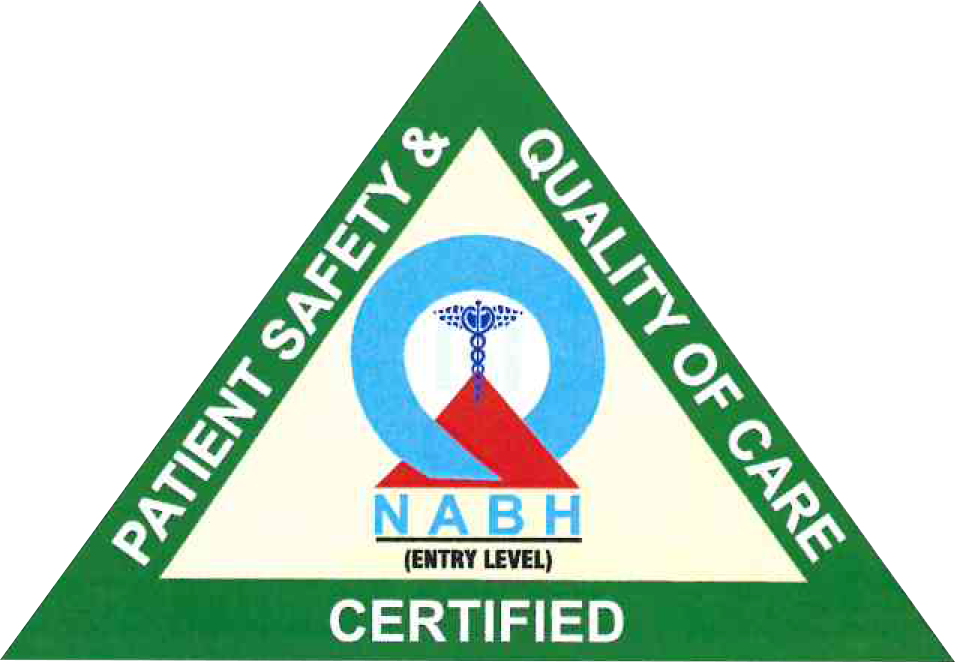
Mon - Friday 10:00am-8:00pm
Sunday - Only on prior Appointments


Sunday - Only on prior Appointments


Technically know as Strabismus, Squint is a condition where the two eyes are misaligned. That is both eyes do not appear to be looking in the same direction. One eye may be looking at an object and the other eye may be turned in or out or up or down.A squint may be constant (always apparent) or intermittent (seen only at times – usually when tired). Squints are more commonly seen in children. The condition affects 2% of children under 3 years and 3% of children and young adults.
If the proper visual impulses are not transmitted to the brain in the first few months after birth, which is the critical period of visual development, amblyopia will develop and there will be loss of 3D (binocular) vision.
Prisms: These are specialised glasses used to treat double vision of sudden onset. They can be used as a temporary measure and are later incorporated into the usual spectacles.
To achieve surgical correction, the eye muscles in one or both eyes (depending on the degree and direction of the squint), are tightened or loosened. The muscles are shortened and reattached to the eye to tighten or moved further back which has the effect of loosening.The amount of surgery is based on normograms that are tables which have been developed based on results of muscle surgery in thousands of patients.

Comprehensive Eye Examination
Cataract
Cornea & Refractive Services
Glaucoma Services
Vitreo-Retinal & UVEA
Pediatric Ophthalmology
Squint
Orbit & Oculoplasty